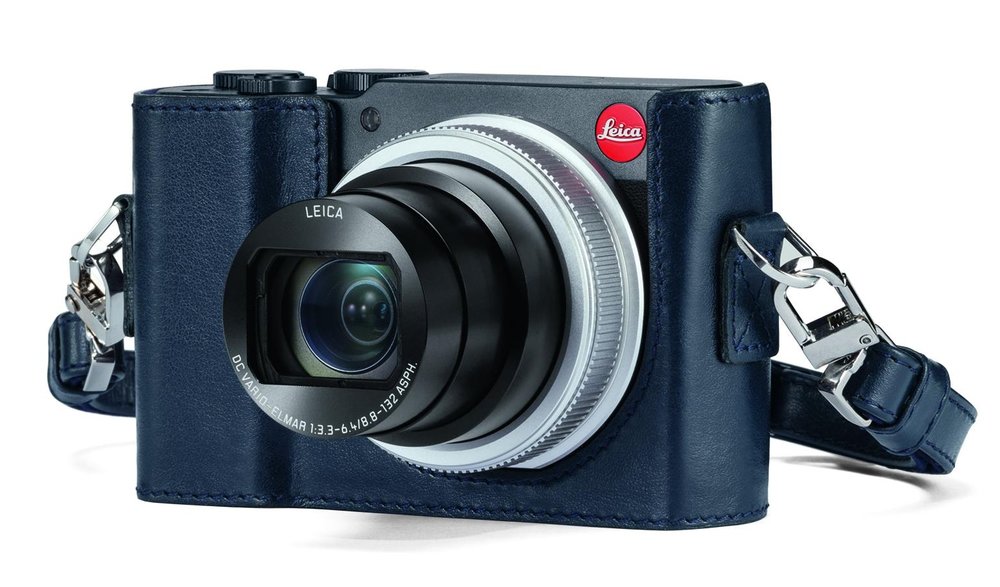
The one-inch sensor segment offers better image quality and dynamic range — compared with ultra-small sensor point-and-shoot cameras or the latest smartphones. Cameras with this sensor are a natural upgrade for smartphone users, in particular. But they also suit the high-end versatile travel camera market. While the sensor is big enough to provide superior quality, it is small enough to ensure that longer focal lengths can be incorporated without adding bulk.
Read Jonathan Slack’s review of the Leica C-Lux and our announcement review of the Sony RX100 VI
As we’ve discussed before, there are two cameras currently spearheading the big-zoom pocket camera market, the Sony RX100 Mark VI and the Panasonic TZ200. The Panasonic will be of great interest to Macfilos readers because it is essentially identical in performance to the new Leica C-Lux.
Which to choose?
For the past couple of weeks, the arguments have been going back and forth. Which is the one to choose between these cameras. As David Babsky points out, the Sony has the sharper lens and his view is borne out by a number of reviews and video reviews I’ve seen. It also has a faster range of focal lengths, a better viewfinder and is quite a bit smaller than the Panasonic/Leica.
But does this extra sharpness and speed tip the balance? Unfortunately, it isn’t as clear-cut as that. For one thing, the Sony is much more expensive (currently £1,149 in the UK compared with £728 for the Panasonic. That’s a lot of cash — and even the Leica-branded version, the C-Lux, is only £875. The Panasonic lens, although half a stop slower at wide angle, is much longer, offering 24-360mm full-frame equivalent. At the 200mm maximum of the Sony’s lens, the Panasonic is down to f/6.1, over a full stop slower than the Sony.
It’s going to be a difficult choice between these two cameras. For Leica shooters, the head may prefer the Sony but the heart will be seeking the C-Lux.
The following videos by Chris Niccolls and Jordan Drake are required viewing if you are in the market for one of these highly pocketable but capable cameras. Most Macfilos readers, I know, will be looking at these cameras as a very compact travel companion, perhaps as a supplement to an M, SL or CL system. It’s a camera to stuff in your pocket when on vacation and when you don’t want to carry a bag or have a heavy camera slung around your neck.
Do you really need a zoom? If not, the choices open up. The 28mm Ricoh GR is not much bigger than these two cameras and but offers a massive APS-C sensor. Or you can grab a used version the surprisingly compact GM5, now discontinued, which is smaller than the Sony but features a μ4/3 sensor. It can be twinned successfully with the excellent 20mm Panasonic f/1.7 pancake or the even better 15mm f1/7 Leica DG Summilux ASPH without adding a lot of bulk. Both are much cheaper alternatives.
The choice doesn’t get any easier.
